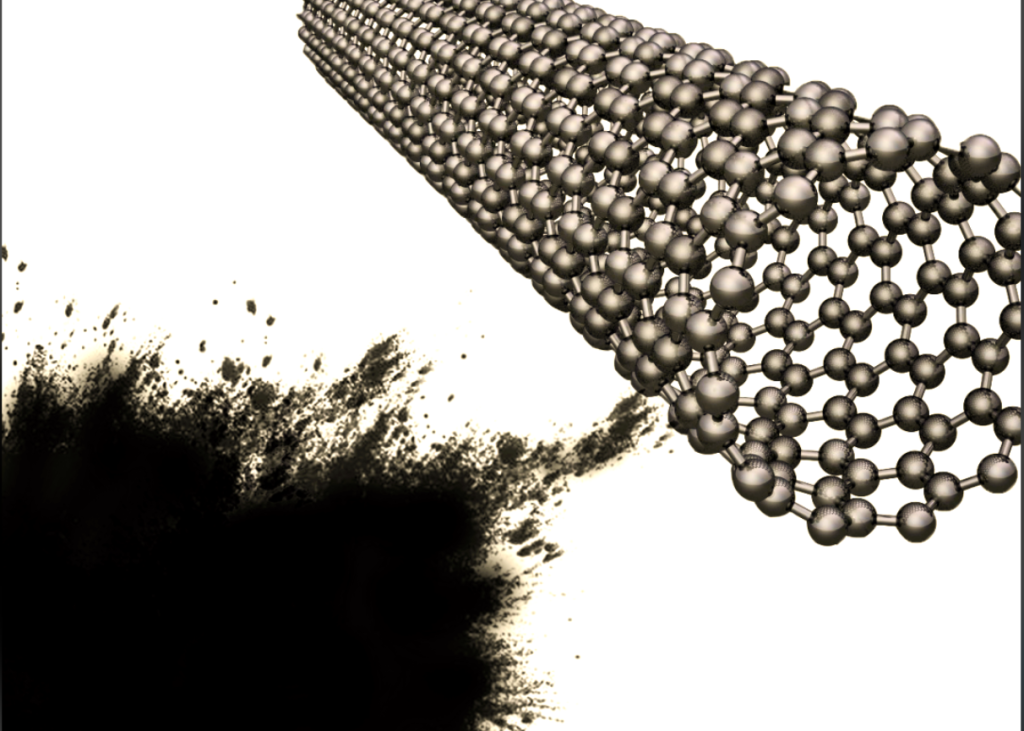Carbon Nanotubes in Supercapacitors: Pushing the Limits of Fast Energy Storage
Supercapacitors—or ultracapacitors—are key components in applications requiring rapid charge-discharge cycles, long lifespans, and high power density. Carbon nanotubes (CNTs), with their excellent electrical conductivity, high surface area, and mechanical strength, have become a preferred material for building next-generation supercapacitor electrodes.

This article explores how CNT-based supercapacitors are enabling faster, smaller, and more powerful energy storage solutions across industries.
🔹 1. How Supercapacitors Work
Unlike batteries that rely on redox reactions, supercapacitors store energy via electrostatic double layers (EDLCs). Key components:
-
Electrodes: Store charge
-
Electrolyte: Provides ion mobility
-
Separator: Prevents short-circuit
CNTs enhance nearly every aspect of this architecture.
🔹 2. Advantages of Carbon Nanotubes in Electrodes
Carbon nanotubes provide:
-
High specific surface area (>1000 m²/g)
-
Rapid electron transport pathways
-
Porous structure for ion diffusion
-
Mechanical durability over >1 million cycles
Comparison:
| Property | Activated Carbon | CNTs |
|---|---|---|
| Surface Area (m²/g) | 500–2000 | 1000–1500 |
| Conductivity | Moderate | Very high |
| Structure | Random porous | Aligned, 3D network-capable |
| Capacitance retention | Good | Excellent (>95% at high rate) |
🔹 3. Types of CNT-Based Supercapacitors
a. EDLCs (Electrochemical Double-Layer Capacitors)
-
Use pure CNT films or composites
-
Exceptional power density (>10 kW/kg)
-
Cycle life >1 million
b. Pseudocapacitors
-
Combine CNTs with MnO₂, NiCo₂O₄, conducting polymers
-
Provide higher energy density
-
Used in flexible or hybrid electronics
c. Hybrid Devices
-
CNTs as bridge between supercapacitors and batteries
-
Paired with graphene or metal oxides
🔹 4. Integration with Flexible and Wearable Devices
CNT films can be:
-
Printed on textiles
-
Sprayed onto plastic films
-
Woven into fabrics
Used in:
-
Wearable health monitors
-
Flexible solar–storage systems
-
Smart watches and e-textiles
🔹 5. Industrial and Transportation Applications
-
Regenerative braking systems in trains and buses
-
Start–stop systems in hybrid vehicles
-
Backup power for wind turbines or data centers
-
Fast-charging docks for drones and robots
✅ Example: CNT-based supercapacitor modules allow EVs to recover >80% braking energy in milliseconds.
🔹 6. Fabrication Techniques
CNTs can be fabricated into supercapacitor electrodes via:
-
Vacuum filtration
-
Spray-coating and spin-coating
-
Inkjet printing
-
Freeze-drying to make aerogels
Current efforts focus on:
-
Scaling low-cost, water-based fabrication
-
Aligning CNTs for maximum current flow
-
Hybridizing with graphene or metal oxides for higher energy density
🔹 Environmental & Market Outlook
As supercapacitors move toward:
-
Eco-friendly electrolytes
-
Binder-free electrodes
-
Solid-state architectures
CNTs remain central due to their:
-
Minimal degradation over cycles
-
Compatibility with green chemistries
Global CNT supercapacitor market expected to surpass USD 2.5 billion by 2030.
Carbon nanotubes are redefining what supercapacitors can achieve. From wearables to public transport, CNT-enhanced electrodes offer the speed, durability, and energy density needed for next-generation power systems. As fabrication methods evolve, expect CNT-based supercapacitors to play an increasingly critical role in flexible, mobile, and green energy ecosystems.

